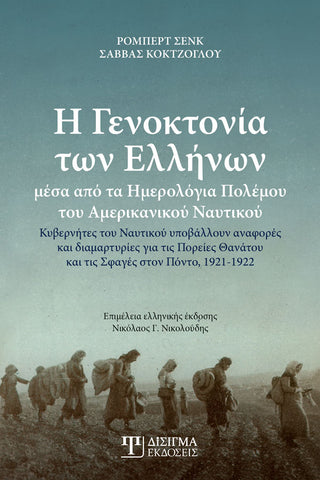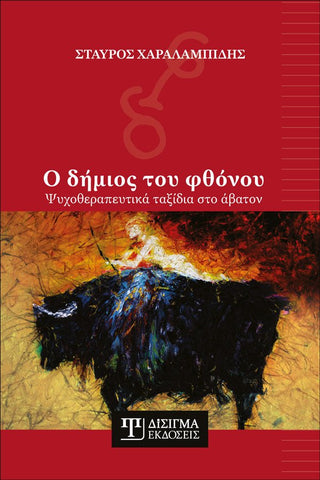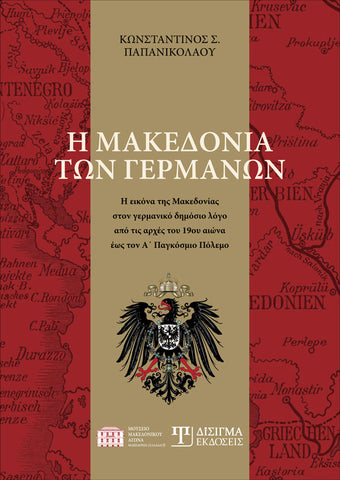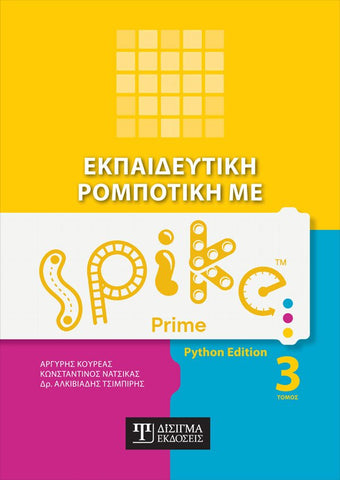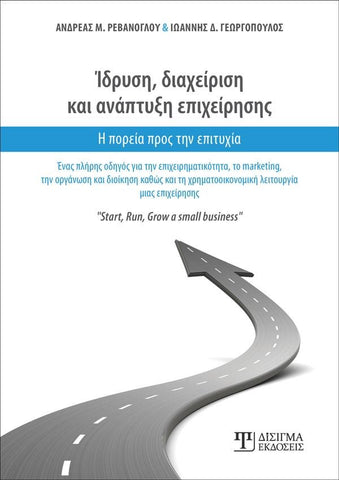
Educational Robotics with Spike Prime
Educational Robotics with Spike Prime
Educational robotics with Spike Prime is intended for students and adults who want to learn through simple steps how to use Spike Prime, the new educational set by LEGO® Education. Each chapter includes a large number of images and examples of use, suggestions for activities to solve, and evaluation sheets, which will make it easier for teachers to assess their students’ progress. Teachers using this book will have a step-by-step guide of activities that students can complete in class. Additionally, advanced programming codes, which are used in official educational robotics contests, are included.
In the first two parts of the book, all the programming codes developed and discussed are written using Word Blocks, while in the third part of the book, all programming codes are written in the high-level Python language. The key feature of Python is simplicity, as it has no complex syntax or obscure rules, which makes it ideal to learn by beginners in programming.
Thanks to the numerous images and step-by-step instructions, beginner developers can easily understand and use the educational robotics program, Spike Prime.
Introduction
Application installation and description
PART 1
CHAPTER 1: Program the robot to move
CHAPTER 2: Teach the robot to turn
CHAPTER 3: Teach the robot to turn with a gyroscope
CHAPTER 4: Program with the Force Sensor
CHAPTER 5: Program with the Distance Sensor
CHAPTER 6: Program with the Color Sensor
CHAPTER 7: Make a calculator
CHAPTER 8: Learn about lists
Part 1 evaluation sheet answers
PART 2
Chapter 9: My Blocks
Chapter 10: Variables and sensors
Chapter 11: Cruise control
Chapter 12: Acceleration
Chapter 13: Black line follower
Chapter 14: Move straight using a gyroscope
Chapter 15: Calculator plus
Chapter 16: Parallel programming
Part 2 evaluation sheet answers
PART 3
Chapter 17: Program the robot to move
Chapter 18: Teach the robot to turn
Chapter 19: Teach the robot to turn with a gyroscope
Chapter 20: Program with the Force Sensor
Chapter 21: Program with the Distance Sensor
Chapter 22: Program with the Color Sensor
Chapter 23: Program with functions
Chapter 24: Program with lists
Chapter 25: Advanced codes
Part 3 suggested activities
Author biographies
Downloads
| File Type | File Name |
|---|---|

|
Περιεχόμενα |

|
Ενδεικτικό Κεφάλαιο |
| Συγγραφέας | Βιογραφικό |
|---|---|

|
Ο Κουρέας Αργύρης του Χαράλαμπου είναι Ακαδημαϊκός υπότροφος του Διεθνούς Πανεπιστημίου της Ελλάδος, στο Τμήμα Μηχανικών Πληροφορικής, Υπολογιστών και Τηλεπικοινωνιών. Γεννήθηκε και μεγάλωσε στην Θεσσαλονίκη. Είναι Πτυχιούχος Μηχανικός Πληροφορικής του τμήματος Μηχανικών Πληροφορικής, Υπολογιστών και Τηλεπικοινωνιών του ΔΙ.ΠΑ.Ε.. Ολοκλήρωσε το Μεταπτυχιακό του στην Εφαρμοσμένη πληροφορική του ιδίου τμήματος, ενώ παράλληλα έχει λάβει Πιστοποίηση εξειδίκευσης Social Media Marketing |

|
Ο Νάτσικας Κωνσταντίνος είναι απόφοιτος του Τμήματος Φυσικής του Πανεπιστημίου Ιωαννίνων. Είναι Υπεύθυνος Σπουδών του Κέντρου Δια Βίου Μάθησης ComputerGr Serres από το 1998 και του ΚΔΑΠ ROBOLAND. Έχει μεγάλη εμπειρία στο σχεδιασμό και την οργάνωση σεμιναρίων και μαθημάτων τόσο με τη μέθοδο της εξ αποστάσεως εκπαίδευσης όσο και της δια ζώσης εκπαίδευσης σε όλες τις βαθμίδες της εκπαίδευσης με χιλιάδες ώρες διδασκαλίας. Έχει υλοποιήσει ερευνητικά έργα σχετικά με την εκπαίδευση και την κατάρτιση και μέσω του κέντρου στο οποίο είναι Νόμιμος Εκπρόσωπος, έχει οργανώσει πλήθος πρωτοποριακών online σεμιναρίων Εκπαιδευτικής Ρομποτικής με πολλές συμμετοχές και διακρίσεις σε διαγωνισμούς Εκπαιδευτικής Ρομποτικής. |

|
Ο Δρ. Τσιμπίρης Αλκιβιάδης του Βασιλείου είναι Επίκουρος καθηγητής του Διεθνούς Πανεπιστημίου της Ελλάδος, στο Τμήμα Μηχανικών Πληροφορικής, Υπολογιστών και Τηλεπικοινωνιών. Γεννήθηκε στις Σέρρες και έλαβε το Πτυχίο Φυσικής από το Πανεπιστήμιο Ιωαννίνων. Ολοκλήρωσε την πρώτη διδακτορική του διατριβή στο Πανεπιστήμιο Ιωαννίνων με θέμα: “Μελέτη Διαμορφωτικού Χώρου Εύκαμπτων Μορίων με χρήση Μοριακής Μηχανικής / Δυναμικής και Κβαντικής Χημείας” και τη δεύτερη διδακτορική του διατριβή |




